- Tessolve
- ISO 26262 Automotive Functional Safety Process Certification
- automotive semiconductors
- silicon solutions
- TÜV SÜD
- functional safety
Hero Electric Will Be Very Different In Three Years: Naveen Munjal
- By 0
- April 05, 2020
Q: How is the EV industry progressing in India especially in the 2-wheeler segment?
Munjal: People look at the EV industry as one large platform; that’s not really the case. We have to divide it up and look at 2-wheelers as a separate industry having its own requirements. Three and four-wheelers are different from commercial or public transport vehicles. All have dissimilar needs and will work at different levels; they will not progress together.
In India, 76 percent of vehicles on the road are 2-wheelers that consume 60 percent of fuel with 30 percent of the pollution. We believe that in India 2-wheelers would be the first to convert for the simple reason that it is a price market. The price points for 2-wheelers are much more lucrative and closer than they are for 4-wheelers.
Also, we don’t require the level of infrastructure for charging as needed for 4-wheelers. Our batteries are portable and we can provide vehicles in the 60-120 km range depending on customer needs. We need only to have basic charging points across the city as for mobile phones; we don’t need anything more special for 2-wheelers. The 3-wheelers are a different market where possibly swapping of infrastructure would work. Cars would be still more different because they require high-speed charging infrastructure. People require vehicles with very long range, in which case the price goes up and affordability becomes an issue. In India the majority of the market is sub-seven lakh rupees, the price point where cars work. To deliver an EV at this price with the required range is going to be very difficult; it won’t happen soon.
The 2-wheeler industry has both B2C and B2B. We find that there are regulatory challenges now. The policy is a bit of a problem right now as it supports high-end rather than mass vehicles. We are targeting the mass consumer. Unless we convert them we don’t think there is any point in having a niche market; in India we have to go mass.
Q: What kind of policy do you expect? Do you want a separate one for 2-wheelers?
Munjal: Yes, because 2-wheelers are the easiest and fastest to convert; it is also the biggest market for the industry. We can’t have one policy across the platform; it’s not possible. The policy is very different for 2-wheelers versus public transport. So there are issues but the government is trying hard. The intent is there, where they want to convert an equal performance IC engine to electric but it doesn’t always work that way because the moment we look at equal performance, electric would be twice the cost. A price increase of just 5 percent will have huge impact on sales. Also, there is minimal financing right now. In IC it is 65-70 percent financing while here it is 2-3 percent. That has got to change.
 Q: Is the issue with the financiers or is it elsewhere?
Q: Is the issue with the financiers or is it elsewhere?
Munjal: It’s a chicken and egg situation in the sense that the financiers want a larger market in order to justify the efforts they have to put in, but larger markets are not going to be there without financing. Secondly, they compare it to an IC engine where the procedures are smooth while this is new machinery for which they have to start. Thirdly, there is no real diktat from the government on the financing part. If the public sector banks start it aggressively it would happen; special rates could always be considered.
In India there is a policy in place but it is targeted at the higher range of vehicles. FAME-1 was supporting e-mobility irrespective of the technology. Subsidies were given for both high and low speed. Post that, it got converted to only advanced batteries; In FAME-2 the thought process is very different; 10K per kWh but with a cap of 20 percent on the ex-dealer price. There should be certain speed (40kmph) and range (80km) and 50 percent localisation compared to last year; the figure should increase. With such restrictions customers do not buy. It’s not attractive at all and the market has gone down. Vehicles outside FAME are working better. The government has to relook and make corrections where required.
 Q: What has been the USP of established players like Hero Electric and what will it be?
Q: What has been the USP of established players like Hero Electric and what will it be?
Munjal: We continue on the path we had set ourselves a couple of years ago. We watch the market very closely to see how it’s going to change on the basis of the price points and performance. Many people prefer lower cost to performance. Larger players do not change anything for us. We believe the market is going to expand faster; the projections made earlier may accelerate. Our market share might decline but volumes would grow substantially.
Q: How will the future be? Would new technologies, beyond Lithium, come through?
Munjal: We don’t work on the base technology. That is best left to the experts to handle because we have no expertise in things like figuring out the chemistry of the battery, the solid state, etc. Technology is going to change for sure. I’m already seeing technologies like sodium where there is no lithium content at all. It does not have the rare materials that a Li-ion battery has. Take for example, solid state batteries, which have a different chemistry altogether. Japan is already following hydrogen fuel cells, so is Norway.What is eventually going to work? Nobody knows at this point. But one thing is clear - any new technology will not happen overnight.
 Q: In that case what could be the technological change that Hero Electric would introduce?
Q: In that case what could be the technological change that Hero Electric would introduce?
Munjal: One thing is clear that we are going to stick to zero machine vehicles. We are not going to get into any emission vehicles at all. For the past 3-4 years the battery chemistry for us has changed and is changing; it’s a constant process. Tomorrow if the hydrogen fuel cell is commercially viable for a 2-wheeler we will switch to that or to any other technology that is better.
Q: Has any new technology been tried in 2-wheelers?
Munjal: Not that I am aware of. Any new technology will take 8-12 years before it gets commercialised and even then there could be a stopover. This is not going to fade away completely. We may have switched to lithium but a large part of the market is still working on lead-acid.

Q: What will be the key driver for you to introduce new vehicle models without any technological change?
Munjal: We do a lot of work because we are the ones who are testing the vehicles on the road. Just as in lab testing, many issues do come out during road tests. We ourselves are making the chemistry change, asking suppliers to change their chemistry. We may not be doing the chemical analysis of the batteries here but we do adapt them to Indian conditions.There are many factors unique to India, that’s why the chemistries have to be very different.
Q: When you say power, the issue is on a couple of things like frequency and harmonics, the electrical pollution etc.; all these could affect EVs also. What are your initiatives?
Munjal: We do many things. First is the charger where we have to control the power that comes in. Second is that we never allow the customer to use the battery to 100 percent because then heating would become a problem. Thirdly, we educate both the dealers and the customers on how to use the battery, the correct way of charging batteries and other important points like pollution effects, load factor, etc. If 100 percent of the 2-wheelers in India are converted to electric, the additional load on the grid would be just 6 percent. As we go more solar we will have to take steps to store excess energy; of course that’s a separate issue. EVs help balance out the grid rather than cause a strain on it. So in an urban environment it makes absolute sense to go EV.
Q: What about recycling of batteries?
Munjal: Our volume of batteries on the road compared to IC engines is negligible. Traceability is available on all our batteries; anything given to the replacement market comes back and we replace with the dealers. The lead-acid ones go to the recyclers. Li-ion batteries have still not started coming back for recycling; a new one lasts for 6-7 years. The Li-ion batteries that come back will not get recycled immediately. They will get fine-tuned and go for stationary applications. For recycling, the batteries would not be coming out for at least 15-20 years.
Q: What have been the major milestones in your journey?
Munjal: It’s been an interesting journey; it’s 12 years since we’ve been doing electric; we introduced electric bicycles in 2000; but it was too early. There have been a lot of challenges but it’s been a very fulfilling journey.
Our Punjab plant has the capacity for 75,000 units and is capable of further expansion. Our dealers have stuck on with us and suppliers have been there for many years though volumes did take a huge hit some time ago. They all believe in the same goal we have, which is that electric will happen. We have made many changes. For example, when we switched from lead to lithium completely, it was done in 4 days.
Q: That means you had a compatible battery management system?
Munjal: We already had lithium but the transformation we were able to do very quickly. Now there is a diktat also so we can move in that direction.
Q: An electric vehicle has four modules: motor, battery, BMS and the cabling part. You are outsourcing all. Do you see opportunity to get into any of these?
Munjal: I don’t think so. At the moment a lot of collaborative modelling is happening whereby one does not have to be a manufacturer of everything oneself. That was the older thought process that one has to control the entire supply chain, but now it would be cheaper and more efficient for somebody else to make.
Q: Do you import all the four modules?
Munjal: No, we are also buying locally harness and some components. Motors are coming from outside right now. We are developing the motors here but we don’t have a reliable, strong source as of now. It will happen but it’s still a few months away. Batteries are both imported and locally made.
Q: In this journey have you noticed pain points that are still to be addressed?
Munjal: There is so much of technology we can put in the vehicle but then we have to stop somewhere. No point in going for the ‘overkill.’ It won’t make sense to the customer who will not buy. Technology changes very rapidly; at the end of 2 years it no longer remains a cutting-edge knowhow. Technology, price and performance are very critical to the benefit the customer sees in our product. The market is expanding and we are fighting to keep the prices low. The Indian customer is value conscious; he wants a balance between utility and price for a quality product.
Q: How do the customers of IC engine 2-wheelers embrace EVs?
Munjal: There are several ways. Why are people switching to this? One is ease of use with electric as compared to IC. The mobile service station will come to the customers; they can also charge the vehicle from home. Of course these vehicles are not meant for everybody, as is the case with IC also. There are segmentations in IC engines like 125cc or 350, 500, 700 and 1200cc. EVs are meant for certain segments of people.
Second is the cost of usage. Cost of operation is lower than an IC engine. In an IC if you are going 50km per day, it would take 1 litre of fuel at a cost of Rs 70. In electric for the same distance you would use 1-1.5 units of power which would come to Rs 10-12 but you have to sacrifice speed. The third is that this (at least the low speed EVs) targets the younger generation who are currently using cycles or some other means of transport. So in any way cost, ease of use or environment make it sensible to go for electric.
Q: When you plan to release a new model, what sort of benchmarking do you do?
Munjal: The benchmark is decidedly not about speed. Speed with performance makes the vehicle more expensive to operate than an IC engine. So it’s the overall efficiency we look at. A large number of our customers are scooter buyers, moped and motorcycle buyers. It’s difficult to say how many of them would convert to electric. It may not be 100 percent even in the next couple of years but a large part of them decidedly do not want an IC engine performance. They realise there is tremendous saving with electric every day - no theft of fuel, service cost is much lower and the job is done very well. They are converting.
Q: What is the price range of your vehicles?
Munjal: We are below one lakh rupees.
Q: There are some reports of poor sales of BS-VI 2-wheelers. Do you see that as a driver for people to come into electric?
Munjal: Yes, because IC will become more expensive with BS-VI while EV prices will come down. Lot of infrastructural changes have to be done at the dealership level, service level, etc. that would make it more expensive to run.
Q: 10 years from now, how do you see the company growing?
Munjal: Forget 10 years; we are going to be a very different company 3 years from now. We have various plans in place in terms of numbers. We have a realistic plan we are working on, an optimistic plan and a plan for ‘if nothing works, then what happens.’ In the next 10 years does it make sense if there is 30-35 percent conversion (forget 100 percent)? Can that happen in 10 years for 2-wheelers? That is the baseline plan. We have to convert; we have to change from oil dependency. There are several factors why we have to switch. The market of 30 percent in 10 years with the growth we have would be about 12-15 million units. That is almost what the IC engine is now. This is the baseline scenario which makes absolute sense for us. If we achieve more than that we will have to build up and expand.
Q: How are you gearing up?
Munjal: We initially set up one factory; now we have two of those sheds there in the same complex. We are also looking at a third one, at the same place or elsewhere, taking into account ‘Mitigation of risk.’ We are building up new facilities; have already moved here from Okhla and expanded in terms of manpower. Our B2B team is looking only at B2B and not focusing on the consumer segment at all. Technology wise we are improving substantially. I think the inflexion point has already begun. In the next 2-3 years the disruption that is going to happen will be faster than what we have ever seen. From ‘every which way’ I am extremely excited to be here right now. (MT)
KTM Updates 160 Duke With TFT Display And Connectivity At INR 178,536
- By MT Bureau
- December 18, 2025

Bajaj Auto-owned Austrian motorcycle brand KTM has updated the 160 Duke featuring a 5-inch colour TFT display at INR 178,536, while the base variant comes at INR 170,545. The screen uses bonded glass and includes navigation and Bluetooth connectivity.
The 5-inch display is derived from the Gen-3 KTM 390 Duke. It is operated via a switch cube on the handlebar using 4-way menu switches. Riders can connect smartphones through the KTM Connect and KTM My-Ride apps to access vehicle data and travel information.
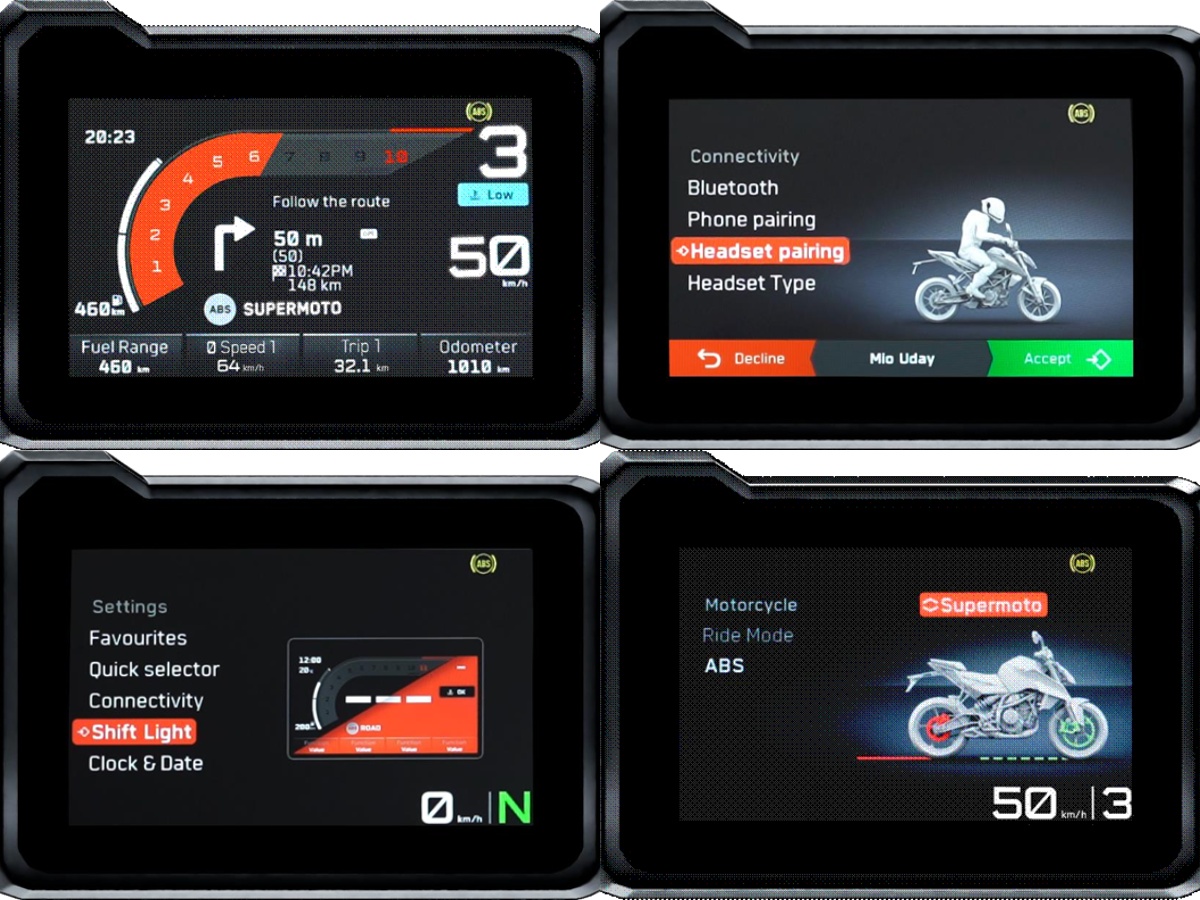
Features of the connectivity system include: Turn-by-turn directions displayed on the screen. Identification of incoming calls with the option to accept or decline via the mode switch. Outgoing calls and address book access are disabled during transit. Control of smartphone music players, including track selection and volume adjustment, when paired with a helmet headset.
The 160 Duke includes a Supermoto ABS mode, which can be toggled through the display menus. This setting disengages the ABS on the rear wheel for specific riding requirements.
The interface also allows for customisation of shift RPM and limit RPM. The display background transitions between dark and orange themes based on these settings. Users can also configure shortcuts for specific functions and infographics on the screen.
Manik Nangia, President, Probiking, said, “With the new TFT display, the KTM 160 Duke becomes even more intuitive and engaging to ride. This upgrade reinforces KTM’s focus on combining sharp performance with advanced rider technology in an accessible package.”
Bajaj Pulsar 220F MY2026 Launched At INR 128,000
- By MT Bureau
- December 18, 2025
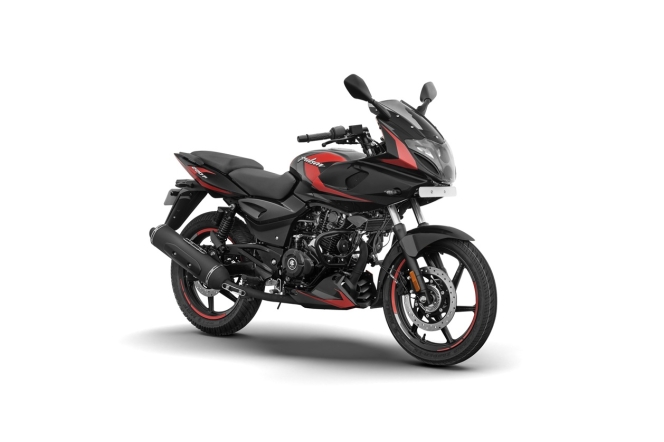
Pune-headquartered two-wheeler and three-wheeler major Bajaj Auto has launched the 2026 Pulsar 220F with new LED blinkers and graphics at INR 128,000.
The 2026 model retains the frame of the previous version while introducing updates to the lighting and aesthetic components.
The Pulsar 220F continues to use the same DTS-i engine platform. It features 220cc Twin Spark DTS-I, single-cylinder oil-cooled engine, which produces 20.9 PS at 8,500 rpm. It gets front and rear disc brakes with single-channel ABS.
The motorcycle now features updated graphics and LED turn indicators. It is available in four colour options: Black Cherry Red, Black Ink Blue, Black Copper Beige and Green Light Copper.
The 2026 Pulsar 220F includes a digital console equipped with Bluetooth connectivity. This system integrates with the Ride Connect app to provide turn-by-turn navigation and phone notifications to the rider.
Gaurav Gupta Of TVS Motor Elected As IMMA Vice President
- By MT Bureau
- December 09, 2025
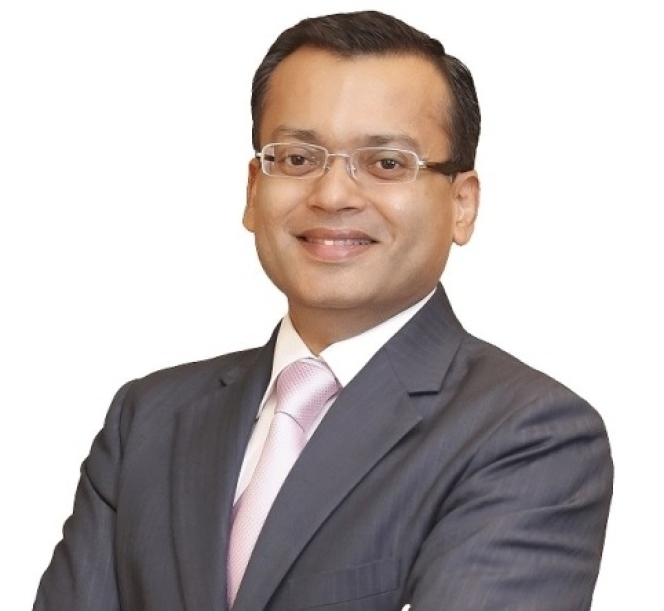
Gaurav Gupta, the President of TVS Motor's two-wheeler business in India, has been chosen as the Vice President of the International Motorcycle Manufacturers Association (IMMA). He will represent the Indian automobile industry's association, SIAM, in this global role. IMMA is based in Geneva and acts as the worldwide voice for companies that make motorcycles, scooters and three-wheelers. Its members include industry associations from major markets like India, Europe, Japan, United States and several countries in Southeast Asia.
The core goal of IMMA is to support motorcycling that is safe, environmentally sustainable and economically practical. To achieve this, the organisation works directly with international regulators. For almost 70 years, IMMA has been actively involved with the United Nations committees that create global vehicle safety and design rules. It also partners with other important groups like the International Transport Forum and the OECD to improve traffic safety data and analysis.
A key part of IMMA's mission is protecting riders. In 2013, it joined the United Nations Road Safety Collaboration to work more closely with the World Health Organization. This partnership specifically aims to reduce accidents and enhance safety for the billions of people worldwide who use powered two- and three-wheelers for transportation.
Hero MotoCorp And Harley-Davidson Unveil All-New H-D X440 T And CVO Models
- By MT Bureau
- December 07, 2025
Hero MotoCorp and Harley-Davidson have jointly introduced the all-new Harley-Davidson H-D X440 T as the latest addition to their co-developed premium motorcycle lineup. The launch marks a significant expansion of the partnership, introducing a new model that delivers performance, agility, and design, while offering the latest modern riding aids.
The H-D X440 T starts at INR 279,500 (ex-showroom). It debuts with several new features, such as the introduction of Ride by Wire with Switchable Traction Control and Switchable ABS (rear only). New Ride Modes (Road and Rain). A redesigned rear sub-frame with a tail section and grab handles for better pillion ergonomics. Panic Braking Alert, where all indicators signal emergency braking by blinking four times faster than the standard rate when deceleration is higher than 2.4 m/s2.
Bookings for the H-D X440 T open on 7th December 2025 across the Harley-Davidson and Hero Premia dealer network in India.
Alongside the X440 T, the partners also unveiled the top-of-the-line Custom Vehicle Operations (CVO) motorcycles in India, introducing the CVO Street Glide and the CVO Road Glide.
The partners stated that the launch of the original Harley-Davidson X440 in July 2023 was a success for the brand, broadening access to the Harley-Davidson community in India.
Building on the momentum of the Harley-Davidson X440, Harley-Davidson India announced actor Ahaan Panday as its new Brand Ambassador. Panday will lead upcoming campaigns, product showcases and rider community initiatives.
Kolja Rebstock, Senior Vice-President - International Markets, Harley-Davidson Motor Company, said, “The success of the H-D X440 established a strong foundation for our brand’s evolution in India, and the H-D X440 T represents the next strategic step in bringing advanced technology and a dynamic, sport-oriented appeal to a new generation of riders. At the same time, the introduction of our CVO™ flagship models underscores our commitment to delivering the full Harley-Davidson experience across the entire premium motorcycling spectrum from accessible entry points to the pinnacle of Grand American Touring.”
Ravi Avalur, Head, Harley-Davidson Business Unit, Hero MotoCorp, said, “The expansion of the X440 platform with the new model marks a significant milestone in deepening our partnership with Harley-Davidson and reinforces Hero MotoCorp’s strategic focus on the premium motorcycle segment. With advanced rider technologies and contemporary styling, the H-D X440 T strengthens our position in a category central to our long-term growth agenda. Our collaboration continues to deliver aspirational, high-quality products that align with the evolving preferences of modern Indian riders. The introduction of Ahaan Panday as our brand ambassador further complements this strategy, enhancing our appeal to a new generation and reflecting Hero MotoCorp’s vision to lead India’s premium motorcycling landscape.”
The pricing for the expanded H-D X440 line-up and the CVO models is as follows:
|
Model |
Starting Price (Ex-Showroom) |
|
H-D X440 T (New) |
INR 279,500 |
|
H-D X440 S |
INR 254,900 |
|
H-D X440 Vivid |
INR 234,500 |
|
Harley-Davidson® CVO™ Road Glide™ |
INR 6.73 million |
|
Harley-Davidson® CVO™ Street Glide™ |
INR 6.30 million |



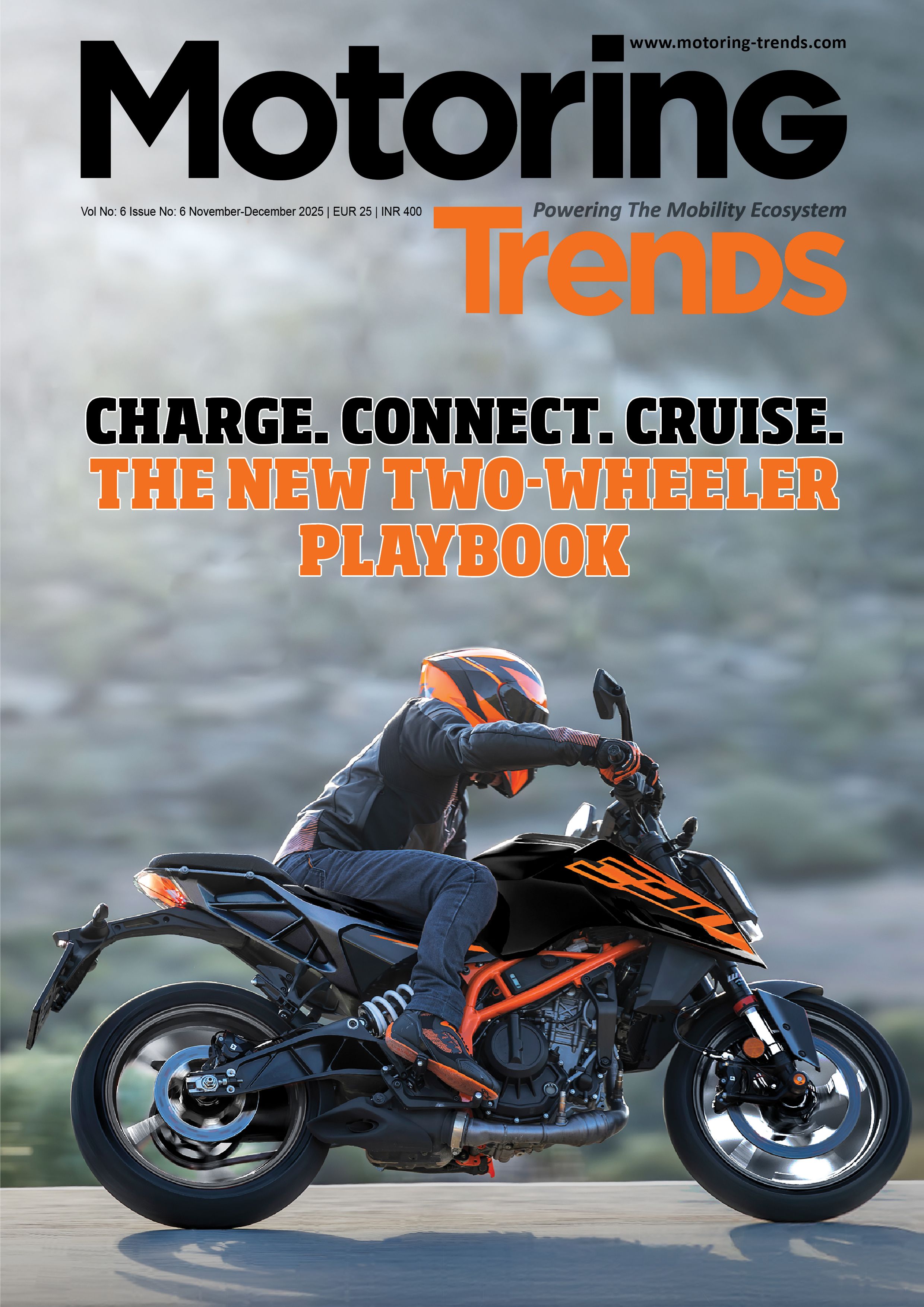
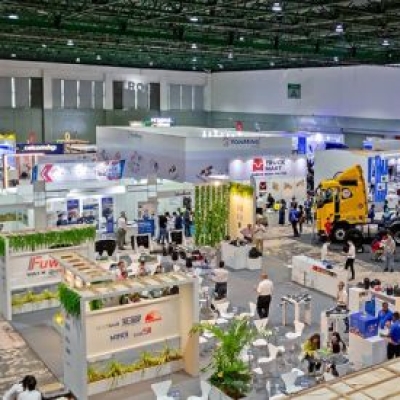


Comments (0)
ADD COMMENT